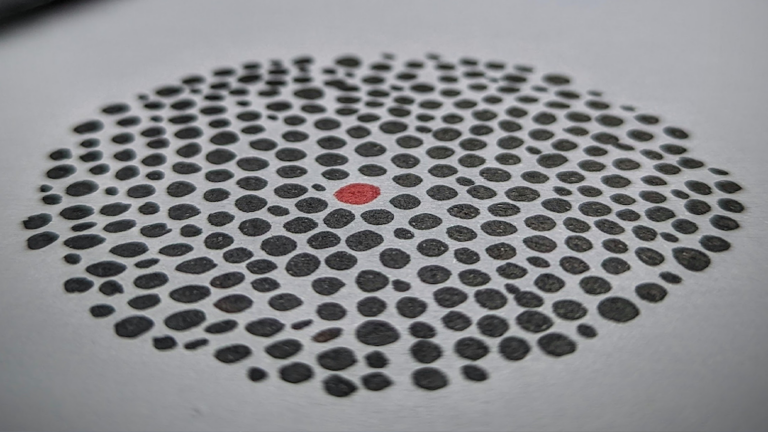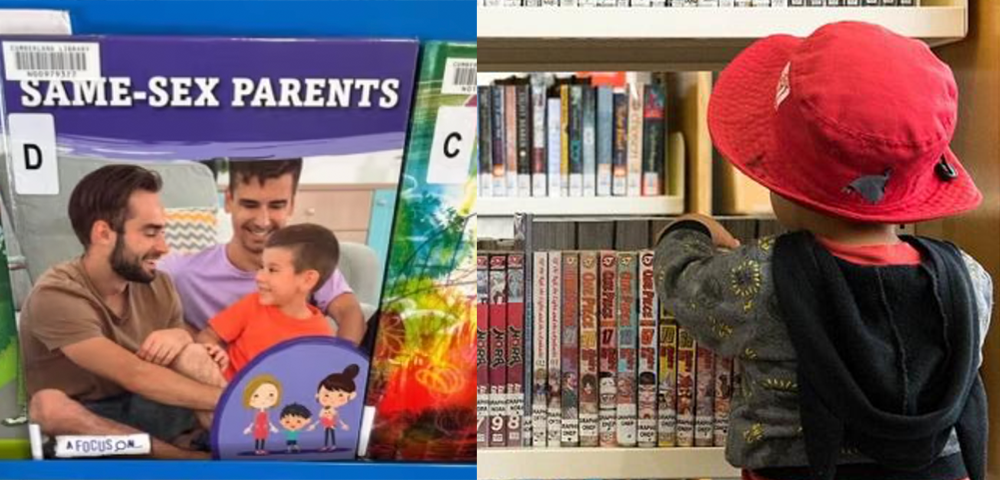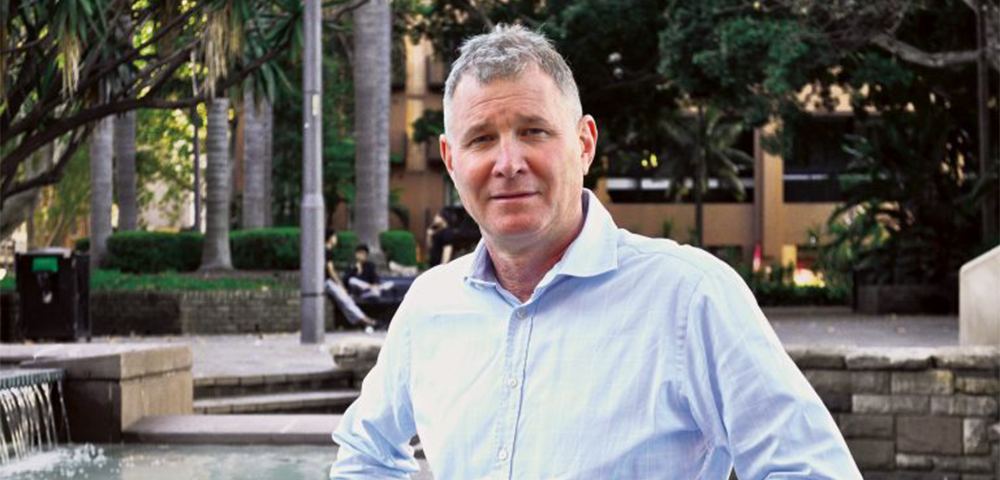
Big HIV drop predicted
Community health organisations have welcomed a new NSW government HIV/AIDS plan that names gay men as a major priority and aims for a 25 percent decrease in new infection notifications by 2009.
The state government announced the three-year HIV/AIDS strategy this week, as figures showed NSW was on track to record its second lowest level of HIV notifications in a single year since the introduction of combination therapies about a decade ago.
The HIV/AIDS plan names gay men as a top priority for prevention messages. Strategies to be implemented include more education about the link between drug use and sexual risk, and better health services for gay men in regional areas.
The NSW government also wants to reduce newly acquired HIV notifications by a quarter in the next three years. Newly acquired diagnoses include people who show evidence of a recent seroconversion illness or who have had a negative HIV test in the previous 12 months.
Strategies for reducing the spread of HIV have kept notifications in NSW relatively stable for the past eight years -¦ but there is more work to do and we are getting on with the job of reducing the number of new infections, NSW parliamentary secretary for health Paul McLeay said.
A concurrent NSW sexually transmissible infections strategy will tackle chlamydia, gonorrhoea and syphilis among gay men. Last year researchers found chlamydia in the Sydney gay community was at epidemic levels.
The new strategies were released as NSW Health data suggested HIV infection notifications were approaching their lowest point in years.
People Living With HIV/AIDS (NSW) executive officer Geoff Honnor told Sydney Star Observer the projected 340 notifications for 2006 -“ a drop of 14 percent on 2005 -“ would be only one higher than the all-time post-combination therapies low of 339 in 2001.
The projected 2006 figure is based on data from the first three quarters of last year. NSW saw an increase in HIV notifications in 2002 and 2003, but rates then reached a plateau. The final 2006 figure will be announced later this year.
It’s a pretty good result. The challenge is going to be sustaining that -¦ and I think that’s something everyone’s going to have to work towards, Honnor said of the predicted decrease.
He said the new plan was a key part of preventing new infections.
We think it’s a really good HIV strategy. It’s probably the best one produced in Australia, certainly far better than the federal one, he said.
ACON chief executive Stevie Clayton also welcomed the plan, saying its targeted 25 percent infection decrease was optimistic but achievable.
Clayton said more consistent condom use and strong collaboration between NSW health organisations helped explain the predicted 2006 notifications drop. She was confident the plan could reduce the figures further.
I do think the [25 percent decrease] is really optimistic, but we wanted to get a challenging target to work towards so it’s not just about -˜we do our best and just keep waddling along’, Clayton told the Star.
It’s about saying -˜we want to have ambitious targets and do everything we can to meet them’. The fact that we are likely to see something like a 14 percent decrease this year makes it look achievable over five years.
Despite the expected drop in notifications for 2006, Clayton said HIV prevention remained a long-term challenge.
Whilst it’s a really good thing to see data produced that’s showing there’s a reduction in HIV transmissions, we need to stay really vigilant about it and not think that means everyone can breathe a big sigh of relief and not have to worry about safe sex any more, she said.
It’s really important, in the context of a decrease in the rate of transmissions, to reinforce the need for safe sex.









